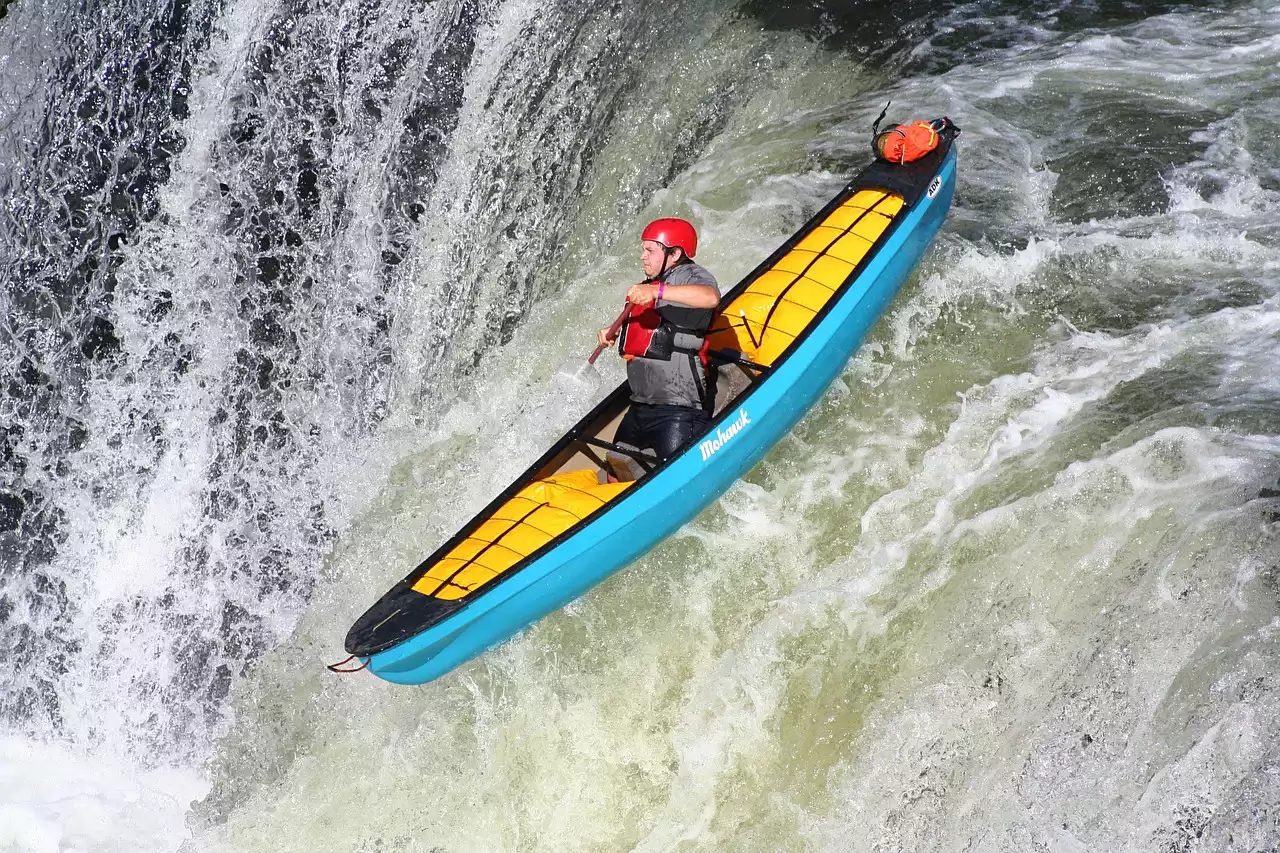The way we travel is rapidly changing, and there’s no more evident proof of this than what’s happening with the tourism industry. In response to the rise in digital technologies and online services, consumers are demanding more accessible, affordable, and streamlined vacation experiences. This means that traditional tourism businesses need to undergo some pretty heavy transformations if they want to remain relevant and successful moving forward. This transformation is being referred to as “Extreme Vacationing” by the leading thinkers in this space. It encompasses a range of activities that are either new or newly popular among travelers. These include things like camping, climbing, zip-lining, rafting, caving, or any other activity that can be considered an extreme version of something we might usually do on a standard vacation.
Why is Traveling Becoming Extreme?
Traveling has always been inherently adventurous. But there are a few reasons why extreme vacationing has seen such a rise in popularity in recent years. One reason why people are seeking out more adventure during their travels is because of the changing nature of work. People are no longer tied to their desks in the same way they once were. More and more people are becoming freelancers or remote employees. This means that they can take an extended vacation whenever they like, without having to worry about how it will affect their job security. Another reason why people are seeking out adventure on their travels is that vacation time has become more valuable than ever. As people get busier and busier, they seek out vacations that will offer them the most bang for their buck. Extreme vacations like climbing or rafting are often cheaper than standard vacations like beach getaways.
Climbing Tourism
Climbing tourism is most associated with the climbing of mountains. These mountains are typically in tropical or subtropical regions and are explored by adventure tourists for both the ascent and descent. Climbing tourism is becoming more popular because people are realizing that it’s a cheaper and more accessible alternative to our more traditional beach vacations. Climbing tourism is also growing in popularity because it allows travelers to truly immerse themselves in the culture of the region they’re visiting. Most climbing tours are led by local climbers who will help you to better understand the history and culture of the area you’re in. Climbing tourism is growing in popularity in a few specific regions. These include Central and South America, Asia, and Africa. Climbing tourism is shaping up to be one of the biggest emerging trends in tourism.
Zip-lining Tourism
Zip-lining tourism is when travelers visit tropical or sub-tropical regions to partake in the sport of zip-lining. Zip-lining tourism is becoming more popular because it allows travelers to get an adventurous experience with a low level of risk. Zip-lining allows you to be adventurous and have an adrenaline rush without having to take any real risks. The majority of zip-lining tours are led by local guides who have a deep knowledge of the surrounding area. This means that you’ll also be able to learn more about the culture of the region you’re in as you zip through the trees. Zip-lining tourism is growing in popularity in a few specific regions. These include Central and South America, Asia, and Africa. Zip-lining tourism is shaping up to be one of the biggest emerging trends in tourism.
River Rafting Tourism
Rafting tourism is when travelers visit tropical or sub-tropical regions for an experience on a river. While rafting is a popular water sport in many regions, it’s also a popular tourism experience thanks to the accessibility of commercial rafting trips. Rafting tourism is becoming more popular because it allows travelers to have a water sports experience in a controlled setting. This means that you can go at your own pace and won’t be forced to race against other teams like you would if the activity was competitive. Rafting tourism is often led by local guides who know the history of the region you’re in. This means that you’ll also be able to learn more about the culture of the area you’re in as you paddle down the river. Rafting tourism is growing in popularity in a few specific regions. These include Central and South America, Asia, and Africa. Rafting tourism is shaping up to be one of the biggest emerging trends in tourism.
Caving Tourism
Caving tourism is when travelers visit tropical or sub-tropical regions to explore caves. Caving tourism is becoming more popular because it allows people to explore a new and exciting type of underground environment. Caving tourism is also an excellent way for travelers to learn more about the surrounding area. Most caves contain artifacts that date back thousands of years and are often a reflection of the culture of the region they’re found in. Caving tourism is growing in popularity in a few specific regions. These include Central and South America, Asia, and Africa. Caving tourism is shaping up to be one of the biggest emerging trends in tourism.


 All You Need to About the Munchkin Cat
All You Need to About the Munchkin Cat
 How to Choose the Baby Bath Seats
How to Choose the Baby Bath Seats
 Taylor Swift dominates the 2024 Gold Derby Music Awards
Taylor Swift dominates the 2024 Gold Derby Music Awards Traveling to Space as a Tourist is a Real Option
Traveling to Space as a Tourist is a Real Option Going on Safari is Important for Tourism and Conservation
Going on Safari is Important for Tourism and Conservation